Discover 11 hidden attractions, cool sights, and unusual things to do in Quanzhou (China). Don't miss out on these must-see attractions: Kaiyuan Temple, Qingjing Mosque, and Quanzhou Maritime Museum. Also, be sure to include Shishi in your itinerary.
Below, you can find the list of the most amazing places you should visit in Quanzhou (Fujian).
Table of Contents
Kaiyuan Temple
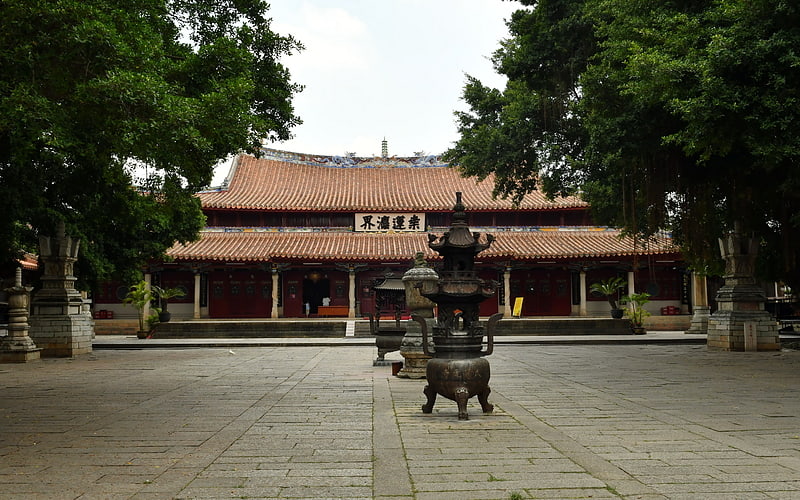
Also known as: 开元寺
Temple in Quanzhou, China. Kaiyuan Temple is a Buddhist temple located in West Street, Quanzhou, China, and is considered as the largest Buddhist temple in Fujian province with an area of 78,000 square metres. Kaiyuan Temple is one of the few surviving Hindu temples in Mainland China. The central figures of veneration in the temple are the Five Tathāgathas from Chinese Esoteric Buddhism who are enshrined in the temple's Mahavira Hall. In 2021, the temple was inscribed on the UNESCO World Heritage List along with other sites near Quanzhou because of its importance during the medieval global maritime trade based in Quanzhou and its testimony to the global exchange of ideas and cultures.[1]
Qingjing Mosque

Also known as: 清净寺
Mosque in Quanzhou, China. The Qingjing Mosque, also known as the Ashab Mosque, is a mosque located in the city of Quanzhou, Fujian, China. It is found on Tumen Street. In 2021, the mosque was inscribed on the UNESCO World Heritage List along with other sites in and around Quanzhou because of its religious significance in the Song and Yuan dynasties, its importance to the medieval maritime trade of China, and its testimony to the global exchange of ideas and cultures during that time.[2]
Address: Tumen Street, Quanzhou
Quanzhou Maritime Museum
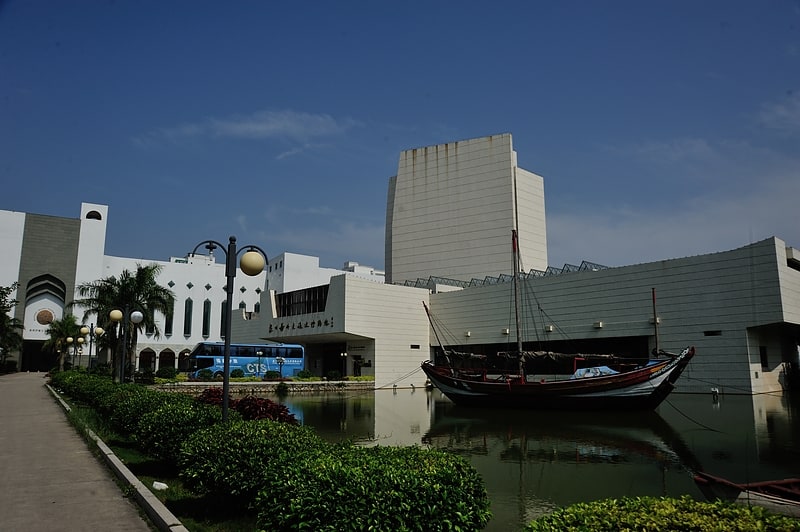
Also known as: 泉州海外交通史博物馆
Museum in Quanzhou, China. The Quanzhou Maritime Museum in the Fengze District of Quanzhou, Fujian, is the only museum in China specialising in overseas relations. Established in 1959, through its comprehensive and valuable display of historical relics relating to overseas transportation, the museum reflects the development history of the major Eastern port of the Middle Ages—Citong or Zaytun. It also showcases the important role that Quanzhou played in economic and cultural exchanges with foreign countries.[3]
Address: 425 Donghu St, 362000 Quanzhou Shi
Shishi
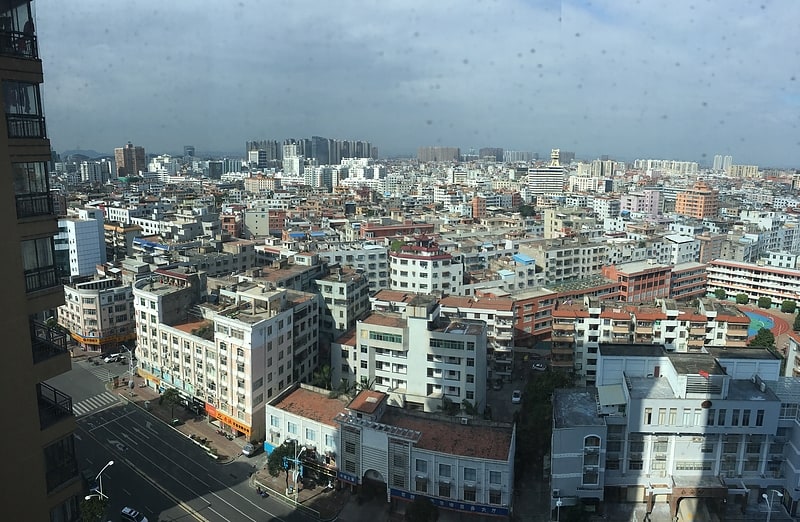
Also known as: 石狮市
Chinese county. Shishi is a county-level city under the administration of the prefecture-level city Quanzhou, in Fujian province, People's Republic of China.
The city has an area of 160 square kilometres (62 sq mi) with a population of 313,500 residents. It's well known for garments trading and industry.
The actress Yao Chen was born in Shishi City.[4]
Cao'an

Also known as: 草庵
Cao'an is a temple in Jinjiang, Fujian, Luoshan Subdistrict. Originally constructed by Chinese Manicheans, it was considered by later worshipers as a Buddhist temple. This "Manichean temple in Buddhist disguise" is seen by modern experts on Manichaeism as "the only extant Manichean temple in China", or "the only Manichean building which has survived intact". In 2021, Cao'an was inscribed on the UNESCO World Heritage List along with many other sites near Quanzhou because of its unique testimony to the exchange of religious ideas and cultures in medieval China.[5]
Mount Qingyuan
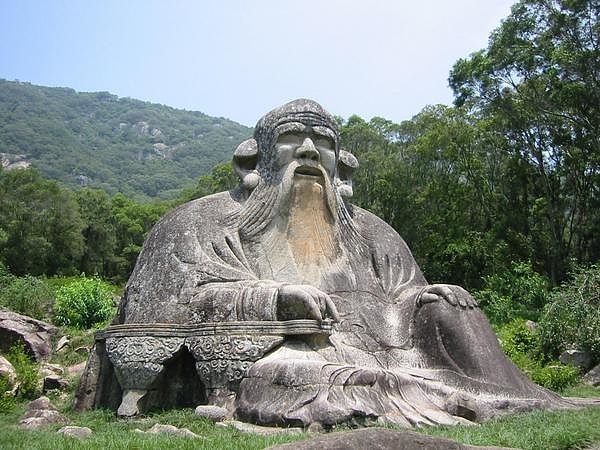
Also known as: 清源山
National park in Quanzhou, China. Mount Qingyuan is a mountain and national park protecting it, Fujian Province, located in the East China region of China.[6]
Luoyang Bridge

Also known as: 洛陽橋
Bridge in Quanzhou, China. The Luoyang Bridge, also known as Wan'an Bridge, is located in Quanzhou, Fujian province, China. The stone bay bridge is situated at the mouth of Luoyang River. Being the first stone bay bridge in China, it enjoys the reputation of "one of the four ancient bridges of China".
The project started from the fifth year (1053) of Huangyou's ruling period in the Northern Song Dynasty. Cai Xiang, the chief of Quanzhou prefercture in the 3rd year (1058) of Jiayou's reign, took over the task of constructing the bridge, who had overcome several difficulties concerning bridge deck pavement and bridge pier by applying a raft foundation and raising oysters in the river to solid the base. In the fourth year (1059) of Jiayou's reign, the construction of Luoyang bridge was completed and Cai Xiang wrote "The Wan'an bridge" for it. The bridge had been reconstructed and repaired in the later dynasties. In the Southern Song dynasty, pagodas and fengshui pagodas were built outside the guardrail of the bridge.
The bridge is 1200 meters long, and has 46 piers in total. The north part of the bridge is in the territory of Hui'an County while the south is in Luojiang District. The middle part is located in a river island called Zhongzhou. Pagodas and tower joss can be found both on the bridge and Zhongzhou island.
Luoyang bridge was listed as a key cultural relics unit under the national protection in 1988. In 2021, the bridge was inscribed on the UNESCO World Heritage List along with other Song and Yuan dynasty sites around Quanzhou because of its importance to medieval maritime trade in China and the exchange of cultures and ideas around the world.[7]
Luoyang Bridge
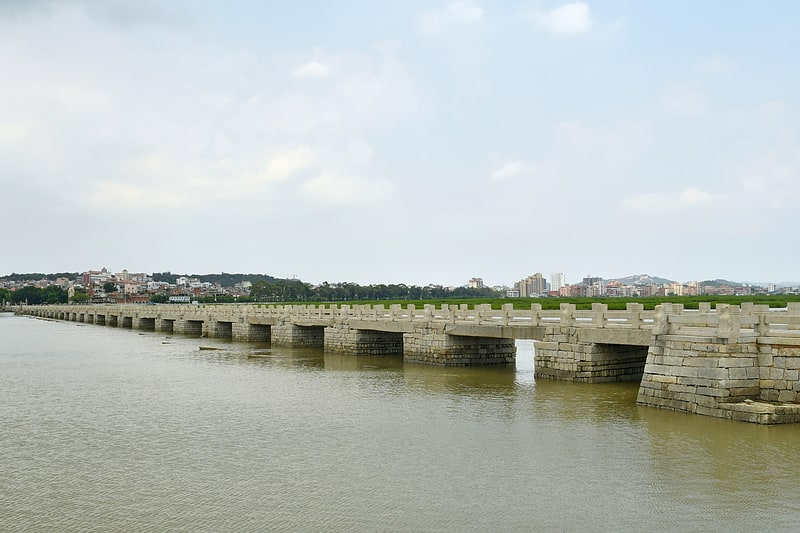
Also known as: 洛陽橋
Bridge in Quanzhou, China. The Luoyang Bridge, also known as Wan'an Bridge, is located in Quanzhou, Fujian province, China. The stone bay bridge is situated at the mouth of Luoyang River. Being the first stone bay bridge in China, it enjoys the reputation of "one of the four ancient bridges of China".
The project started from the fifth year (1053) of Huangyou's ruling period in the Northern Song Dynasty. Cai Xiang, the chief of Quanzhou prefercture in the 3rd year (1058) of Jiayou's reign, took over the task of constructing the bridge, who had overcome several difficulties concerning bridge deck pavement and bridge pier by applying a raft foundation and raising oysters in the river to solid the base. In the fourth year (1059) of Jiayou's reign, the construction of Luoyang bridge was completed and Cai Xiang wrote "The Wan'an bridge" for it. The bridge had been reconstructed and repaired in the later dynasties. In the Southern Song dynasty, pagodas and fengshui pagodas were built outside the guardrail of the bridge.
The bridge is 1200 meters long, and has 46 piers in total. The north part of the bridge is in the territory of Hui'an County while the south is in Luojiang District. The middle part is located in a river island called Zhongzhou. Pagodas and tower joss can be found both on the bridge and Zhongzhou island.
Luoyang bridge was listed as a key cultural relics unit under the national protection in 1988. In 2021, the bridge was inscribed on the UNESCO World Heritage List along with other Song and Yuan dynasty sites around Quanzhou because of its importance to medieval maritime trade in China and the exchange of cultures and ideas around the world.[8]
Licheng District
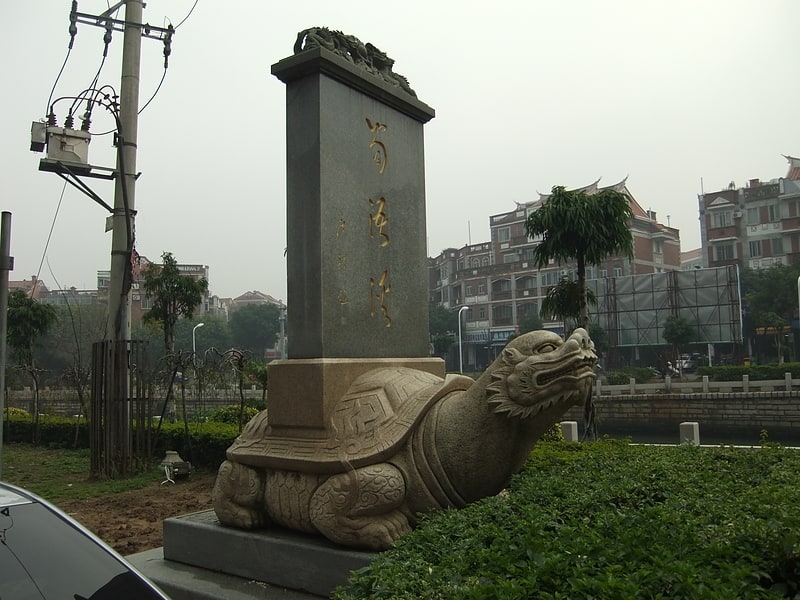
Also known as: 鲤城区
Licheng is a district of Quanzhou, Fujian province, People's Republic of China.[9]
Fengze District
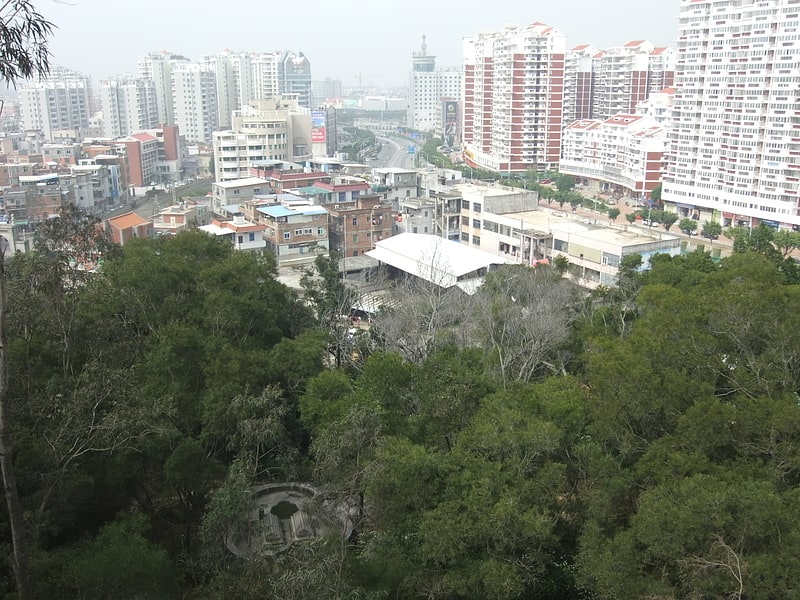
Also known as: 丰泽区
City in China. Fengze is a district of the city of Quanzhou, Fujian province, People's Republic of China. It has an area of 126.5 square kilometres and a population of 458,000.
Fengze District occupies most of Quanzhou Prefecture-level City's central urban area (the place that is marked as "Quanzhou" on most maps), with the exception of several square kilometers on the west side of downtown, which belongs to Licheng District. While most of Quanzhou's historical center is in that area falling into Licheng District, most of the new developments are in Fengze District.[10]
Luojiang District
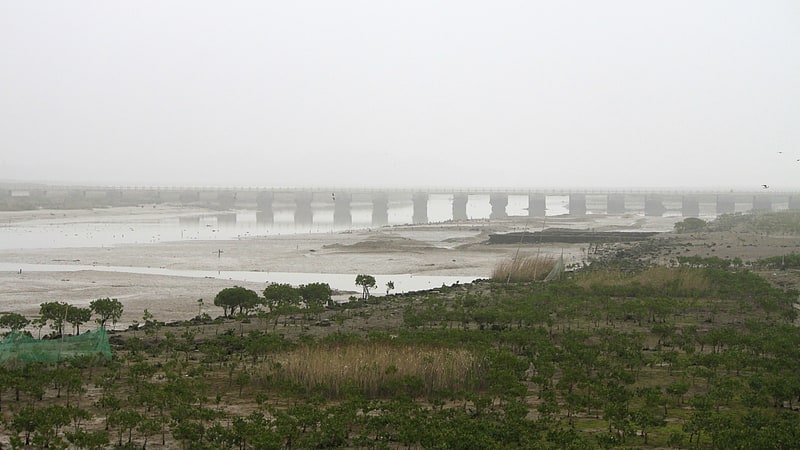
Also known as: 洛江区
Luojiang District is a district of Quanzhou, Fujian province, People's Republic of China.[11]